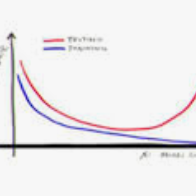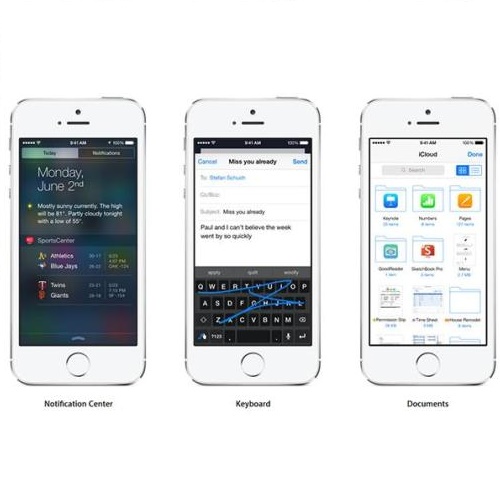Convolutional Neural Networks (CNNs) for visual tasks are believed to learn both the low-level textures and high-level object attributes, throughout the network depth. This paper further investigates the `texture bias' in CNNs. To this end, we regenerate multiple instances of training examples from each original image, through a process we call `repainting'. The repainted examples preserve the shape and structure of the regions and objects within the scenes, but diversify their texture and color. Our method can regenerate a same image at different daylight, season, or weather conditions, can have colorization or de-colorization effects, or even bring back some texture information from blacked-out areas. The in-place repaint allows us to further use these repainted examples for improving the generalization of CNNs. Through an extensive set of experiments, we demonstrate the usefulness of the repainted examples in training, for the tasks of image classification (ImageNet) and object detection (COCO), over several state-of-the-art network architectures at different capacities, and across different data availability regimes.
翻译:用于视觉任务的革命神经网络(CNNs)被认为在整个网络深度学习了低层次纹理和高层次对象属性。本文件进一步调查CNN的“线性偏差”问题。为此,我们通过一个叫做“再油漆”的过程,从每个原始图像中重新生成了多个培训实例。重新油漆的例子保留了场景内区域和物体的形状和结构,但使其纹理和颜色多样化。我们的方法可以在不同白天、季节或天气条件下重新生成同一图像,可以产生色化或去色化效应,甚至从黑黑地区带回一些纹理信息。现场重新油漆使我们能够进一步利用这些重新油漆的例子来改进CNN的普及。通过一系列广泛的实验,我们展示了重新油漆的例子在培训中的有用性,用于不同能力的图像分类(IMageNet)和对象探测(COCO),超越了不同能力的几种状态网络结构,跨越了不同的数据提供制度。





